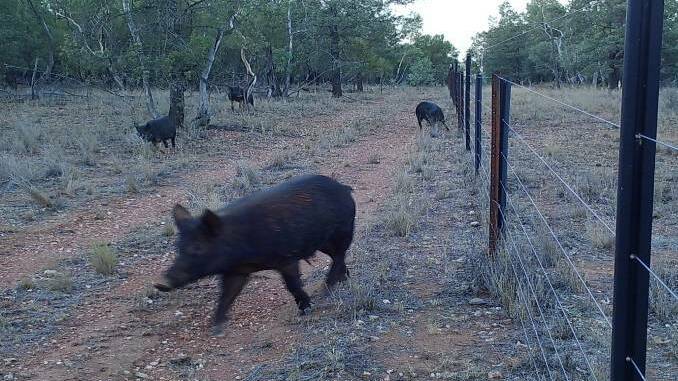
Efforts continue to remove pests from the Abercrombie River, Kanangara Boyd and surrounding national parks to help native plants and animals recover from last summer's bushfires.
Subscribe now for unlimited access.
$0/
(min cost $0)
or signup to continue reading
The large-scale aerial pest management operation was conducted across eight parks and reserves in the Lithgow, Oberon and Trunkey Creek areas.
National Parks and Wildlife Service (NPWS) Area Manager Angela Lonergan said close to 380 pest animals were removed.
"Mainly deer, foxes, goats and wild pigs."
"Our focus is to remove pest animals from these fire impacted landscapes to help protect and restore native wildlife populations," she said.
Ms Lonergan said pest animals had a significant impact on biodiversity values and predate on native animals that have survived the fires.
"They also degrade areas of bush trying to regenerate after the fires as their individual browse and grazing impacts on vegetation and water quality," she said.
The operation removed 55 goats, pig and deer from the Abercrombie Karst Conservation Reserve which is home to the only known population of Bossiaea fragrans.
"Bossiaea fragrans, a pretty yellow-flowering shrub is a critically endangered species with only a handful of plants remaining in the wild," Ms Lonergan said.
"Now, more than ever its critical to protect these plants from grazing, particularly by goats."
The NSW Governments Saving our Species program supports NPWS pest management programs across this reserve and other post-fire conservation landscapes.
NPWS aerial pest management operations are carried out by highly trained staff and experienced pilots using fit-for-purpose helicopters.
A second aerial pest management operation is planned for later this month.
Want to keep up to date with Lithgow news? Sign up to our newsletter and breaking news alerts here

